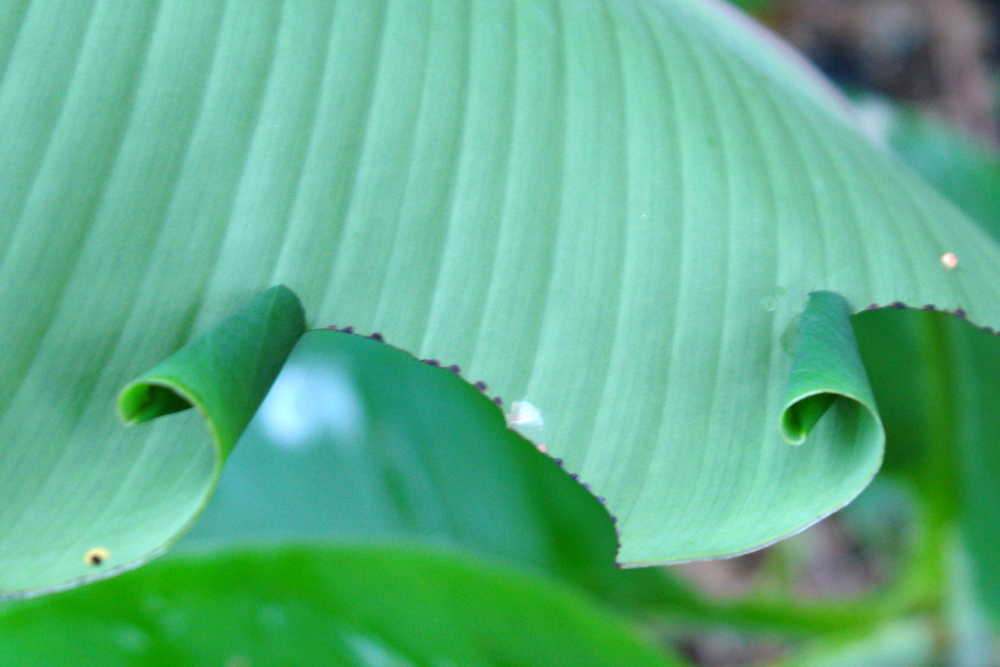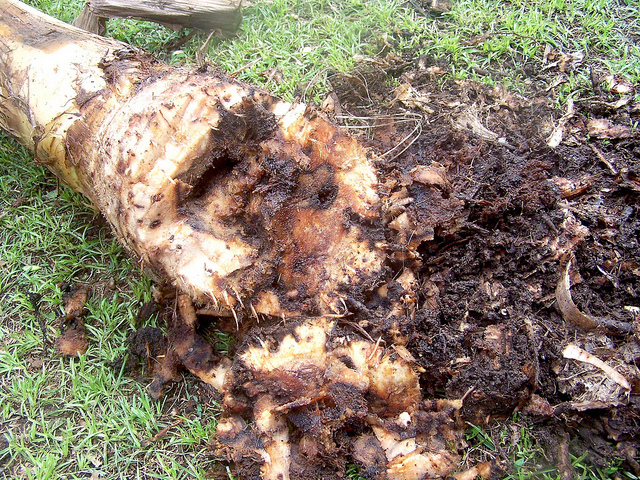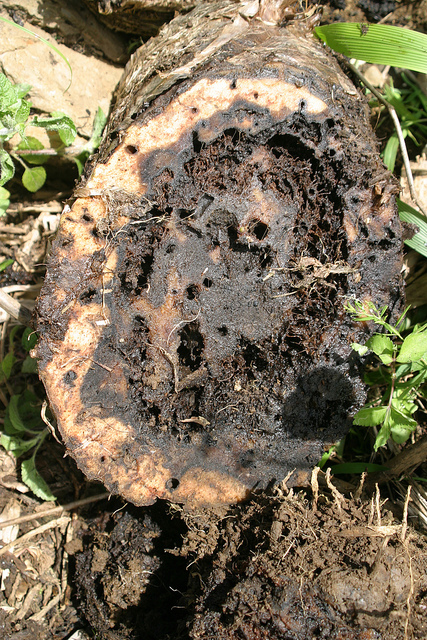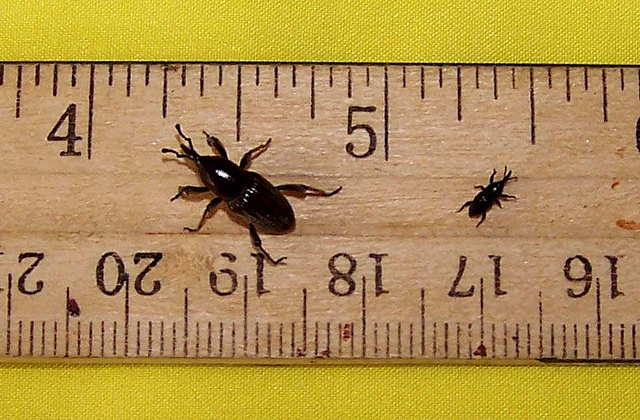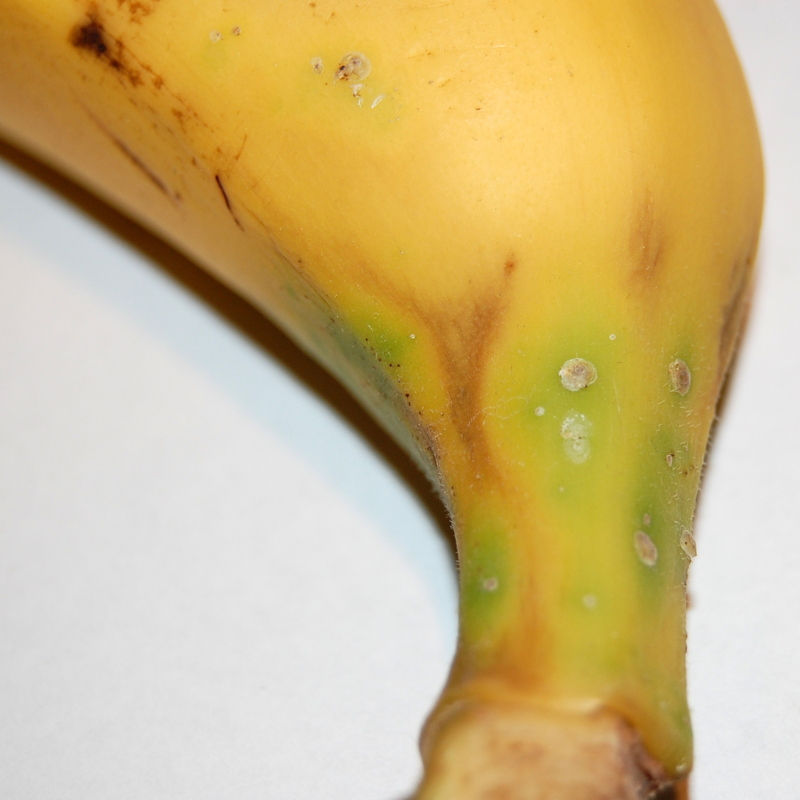Description
Banana, Musa paradisiaca, is a type of fruit that grows on a large herbaceous plant that is native to Southeast Asia. It is one of the world's most popular and widely grown fruit, with many varieties being cultivated for both commercial and home use. Bananas are long, curved fruits with smooth, yellow, and sometimes slightly green skin. The average length of a banana is about 7 to 9 inches, and it is about 2 to 3 inches in diameter. The skin of the banana is usually yellow when it is ripe, but it can also be green, red, or purple depending on the variety.
The inside of a banana is composed of several fleshy, cream-colored segments, which are surrounded by thin, white membranes. The flesh of the banana is soft, slightly sweet, and has a slightly sticky texture.
Bananas are one of the most popular and widely grown fruits in the world, with their largest production occurring in countries near the equator. They thrive in tropical and subtropical climates and are commonly grown in India, China, the Philippines, Ecuador, Brazil, Uganda, Colombia, Indonesia, Cameroon, and Honduras. However, this is not an exhaustive list, as bananas are also grown in other tropical and subtropical regions, including parts of Africa, South America, and Southeast Asia. The specific areas where bananas are grown can vary based on local growing conditions, including temperature, rainfall, soil type, and market demand.
Crop details
Scientific Name: Musa paradisiaca
Common Name: banana (Sp); banane (Fr); Банан (Rus)

Banana plantation, Hawaii

Developing bunch of bananas

Banana plants

Close-up of banana bunch

Banana flower

Ripe harvested bananas

Bunch of bananas growing on tree

Close-up of banana leaf

Banana plants
Uses & Benefits
Bananas are a good source of vitamins and minerals, including vitamin C, vitamin B6, and potassium, and are often used as a healthy snack or ingredient in smoothies and other foods.The fruit is the most widely used part of the plant and can be eaten fresh or cooked or processed into starch, chips, puree, beer, vinegar or dehydrated to produce dried fruit. The fruit may also be processed into flour which is used in baking, soups or beverages. The flowers of the plant may be used as a vegetable. Fresh leaves have a high protein content and can be fed to cattle. Other uses for leaves include polishing floors, lining pots or wrapping food.
Varieties of Bananas
There are many different varieties of bananas, ranging in size, color, flavor, and texture. Some of the most common and widely grown varieties include:
- Cavendish: This is the most common variety of banana found in grocery stores and is known for its sweet flavor and yellow skin.
- Plantain: Plantains are a type of banana that is larger and less sweet than Cavendish bananas. They are typically used for cooking and are a staple food in many countries in Africa, South America, and Southeast Asia.
- Red Banana: This variety of banana is smaller and sweeter than the Cavendish and has a red or pink skin when ripe.
- Lady Finger Banana: This variety of banana is smaller and sweeter than the Cavendish and is a popular snack in many countries.
- Blue Java Banana: This variety of banana is also known as the "Ice Cream Banana" due to its creamy texture and sweet flavor. It has a blue-green skin when ripe.
- Musa Basjoo: This is a hardy banana variety that is native to Southeast Asia and can grow in cold climates. It has a green skin and a sweet, slightly tart flavor.
Propagation
Basic Requirement
Bananas are a tropical crop that grow best in warm, humid conditions with abundant rainfall. The ideal temperature range for growing bananas is between 20°C and 30°C, with a preferred temperature range of 25°C to 28°C. High humidity levels are also important for supporting healthy growth and fruit production. Bananas require a minimum of 1000mm of rainfall or irrigation per year to support growth and fruit production. However, it is important to note that the specific climatic requirements may vary depending on the variety of banana being grown and local growing conditions. It is essential to work with local agriculture experts to ensure that the right climatic conditions are in place for successful banana cultivation.
Bananas grow best in well-drained, fertile soils with a high organic matter content. They require good aeration and a pH of 5.5 to 7.0. They are also sensitive to soil-borne diseases and to combat this problem, old suckers can also be replaced by young ones.
Bananas require regular watering, especially during the dry season, to support growth and fruit production. Over-watering or waterlogging can lead to root rot, so it is important to ensure good drainage and to avoid standing water around the plants. Drip irrigation systems are commonly used for banana cultivation to conserve water and reduce the risk of disease.
Seeding
The crop is propagated through vegetative reproduction, meaning new plants are produced from existing plant material rather than from seeds. The most common method of propagation is through the use of "suckers" or "pups," which are shoots that grow from the base of the mother plant. The suckers are carefully removed from the mother plant and planted in a new location, where they will develop into a separate plant. When cutting sucker from the parent plant, remove all but the top 2-3 leaves. In commercial banana farming, the suckers are often treated with rooting hormones to encourage faster and more vigorous growth.
Another method of propagation is through the use of "rhizome" or "corm" cuttings, which are pieces of the underground stem of the banana plant that can be used to start a new plant. This method is less common but may be used in some cases, particularly for rare or specialty varieties of bananas.
Planting bananas may vary depending on the variety being grown and local growing conditions. It is important to work with local agriculture experts or PlantVillage officers to ensure the best planting and growing practices for your specific situation. Start by selecting a suitable site for growing bananas, taking into consideration factors such as soil type, drainage, and climatic conditions. Test the soil pH and fertility and amend as necessary.
Dig a hole in the soil 45x45x45 cm in size and 3m x 3m apart that is large enough to accommodate the roots of the sucker. When digging, place the top black soil on the upper side of the hole and brown or subsoil on the lower side. Place the sucker in the hole, making sure the top of the roots is level with the soil surface, leaving a dome-shaped valley on the surface. Backfill the soil around the roots and water thoroughly.
General Care and Maintenance
Apply a layer of organic mulch around the plant to conserve moisture and suppress weeds. Bananas require regular watering, especially during dry periods. Make sure the soil is consistently moist, but not waterlogged. Bananas need regular fertilization to support healthy growth and fruit production. Apply a balanced fertilizer, such as 10-10-10, at the recommended rate, according to soil test results. Prune off the older, lower leaves of the plant as they yellow to keep the plant healthy and improve air circulation.
Harvesting
Banana harvesting is the process of collecting ripe or near-ripe bananas from the plant. The timing of the harvest is crucial, as it will determine the quality of the fruit and its intended use. To harvest bananas, one must first identify when the fruit is mature, which can be determined by observing signs such as yellowing of the fruit and leaves. Once the bananas are ready to be harvested, a sharp, clean knife should be used to cut the stem of the banana bunch from the plant. It's important to handle the bananas carefully to avoid bruising, and to gently place them in a container or on a flat surface for transport. If the bananas are harvested when they are still green, they will need to be ripened before eating by placing them in a warm, well-ventilated area until they are yellow and soft to the touch. Ripe bananas can be stored at room temperature for a few days or in the refrigerator to slow down the ripening process. The exact procedures for harvesting bananas may vary depending on the variety of banana being grown and local growing conditions. It's recommended to work with local agriculture experts, such as those from PlantVillage, to ensure the best harvesting and handling practices for your specific situation.

Pruning a banana plant

Pruning a banana plant
References
CABI Crop Protection Compendium. (2008). Musa datasheet. Available at: http://www.cabi.org/cpc/datasheet/35124. [Accessed 07 February 23].
Crane, J. H., Balerdi, C. F. & Maguire, I. (2008). Banana Growing in the Florida Home Landscape. University of Florida IFAS Extension. Available at: http://edis.ifas.ufl.edu/pdffiles/MG/MG04000.pdf. [Accessed 07 Februay 23].
Musau (2015). Banana Varieties in Uganda. PlantVillage. Available at: https://plantvillage.psu.edu/posts/4594-banana-banana-varieties-in-uganda . [Accessed 08 February 23].
Ploetz, R. C., Zentmyer, G. A., Nishijima, W. T., Rohrbach, K. G. & Ohr, H. D. (Eds) (1994). Compendium of Tropical Fruit Diseases. American Phytopathological Society Press. Available at: http://www.apsnet.org/apsstore/shopapspress/Pages/41620.aspx. Available for purchase from APS Press.
Sauls, J. (2003). Growing Bananas. Texas Cooperative Extension, Texas A&M University, College Station, Texas. Availablable at: http://aggie-horticulture.tamu.edu/newsletters/hortupdate/hortupdate_archives/2003/apr03/art4apr.htm. [Accessed 06 November 14]. Free to access.
Common Pests and Diseases
Diseases
Category : Fungal
Anthracnose
Colletotrichum musae
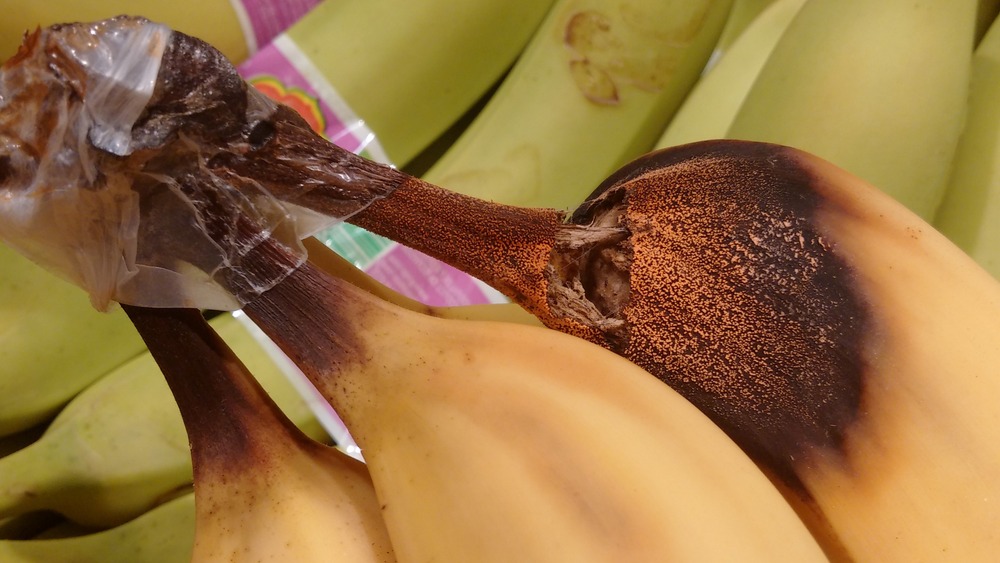
Colletotrichum symptom and sporulation

Anthracnose symptoms

Anthracnose of banana
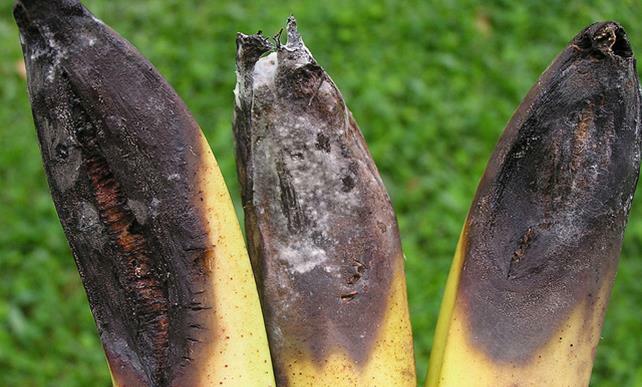
Anthracnose on banana

Anthracnose symptom
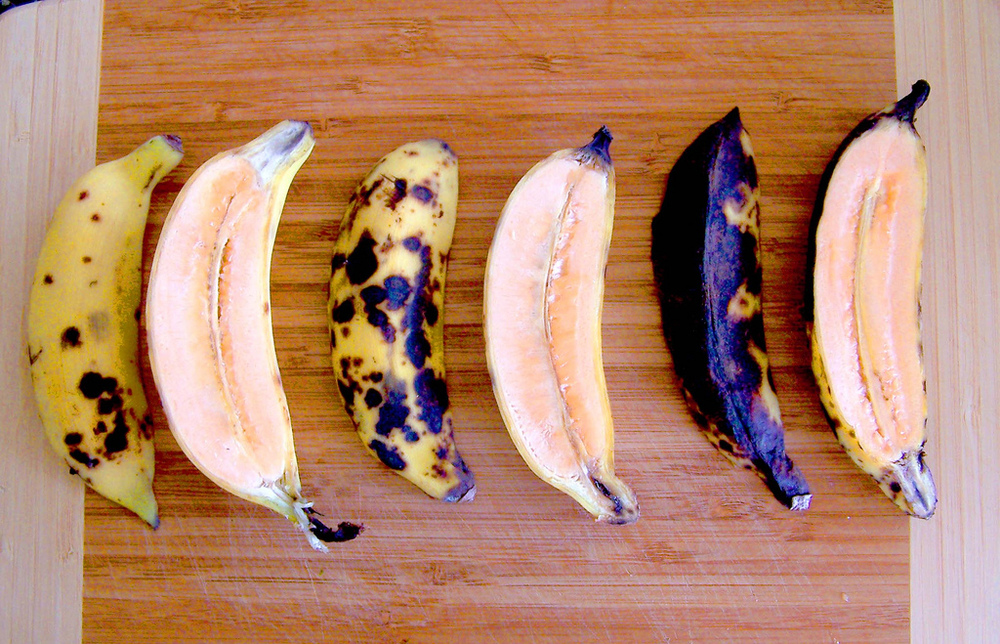
Anthracnose on banana fruits
Symptoms
Brown spots on fruit peel; large brown to black areas; black lesions on green fruit.
Cause
Fungus
Comments
Management
Commercially produced fruit should be washed and dipped in fungicide prior to shipping; protect fruit from injury; remove flower parts which can harbour fungus.
Banana speckle
Mycosphaerella musae
Symptoms
Cause
Comments
Black sigatoka (Black leaf streak)
Mycosphaerella fijiensis
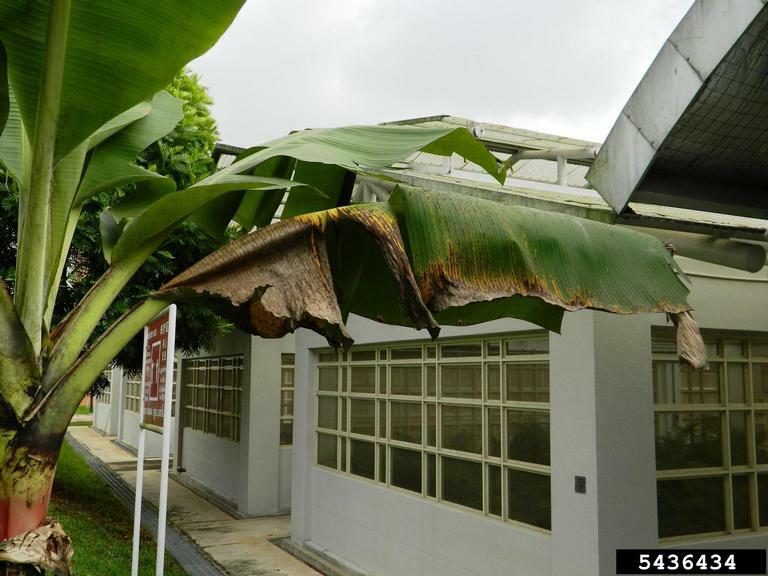
Black sigatoka infected plant

severe leaf damage due to black sigatoka disease

Symptoms of black sigatoka on banana foliage
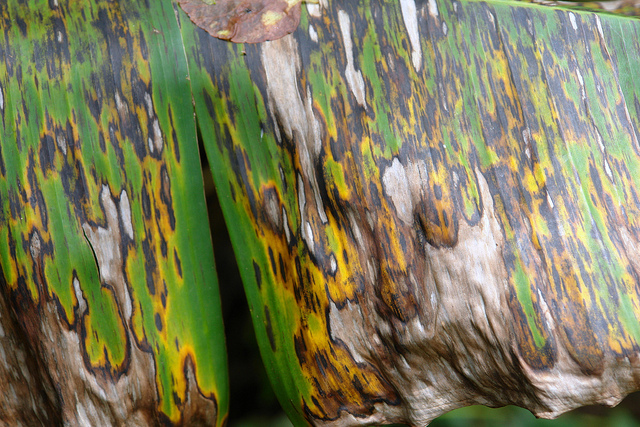
Symptoms of black sigatoka on banana foliage
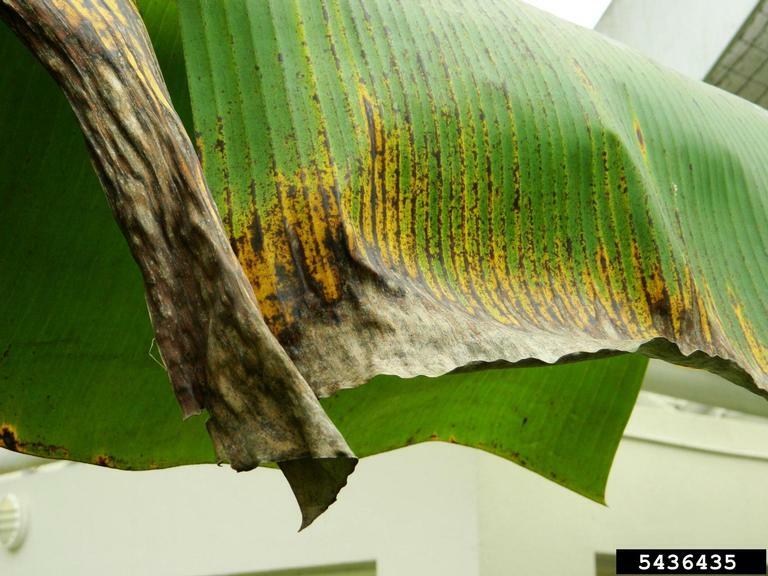
Black sigatoka symptoms

Symptoms

Symptoms of black sigatoka on banana foliage

Symptoms of black sigatoka on banana foliage

Infected leaf

Lesions caused by black Sigatoka disease.

Symptoms of black sigatoka on banana foliage
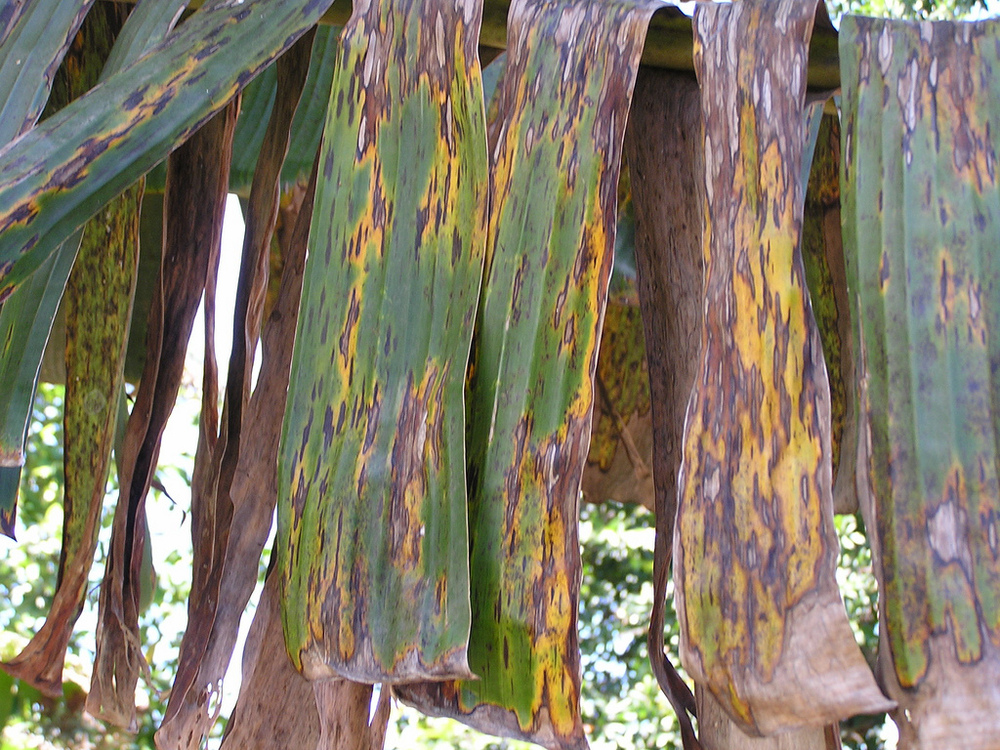
Symptoms of black sigatoka on banana foliage
Symptoms
Red/brown flecks or spots on underside or topside of leaves; spots with dark or yellow border and grey centre; death of leaf surface; bunch not developing
Cause
Fungus
Comments
Management
Export plantations may require regular fungicide applications; increase plant spacing to improve air circulation and reduce humidity; remove leaves with mature spots
Cigar end rot
Verticillium fructigena
Trachysphaera theobromae
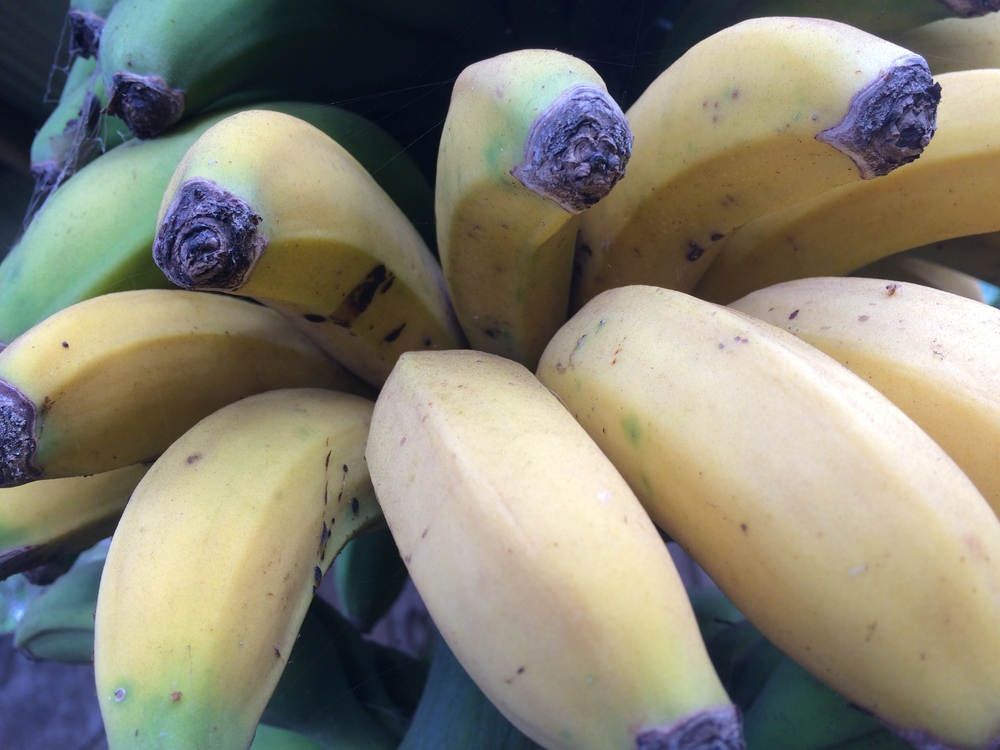
Banana infected with cigar end rot

Banana fingers infected with cigar end rot disease

Cigar end rot initial symptoms

Cigar end rot

Cigar end rot symptoms (initial infection)

Finger with symptoms of cigar end rot
Symptoms
Tips of fingers initially begin to darken and wrinkle; tips of fingers develop a dark rot; if Verticillium fungi are present then the rot is typically dry and the tips become mummified, if Trachysphaera is present, the rotted are become covered with white spores which gives the fingers the ashen appearance characteristic of cigar end rot.
Cause
Fungus
Comments
Management
Infected flowers should be removed from the plant; bunches should be bagged using perforated polyethylene; chemical control may be necessary in the case of severe infestations.
Cordana leaf spot
Cordana musae
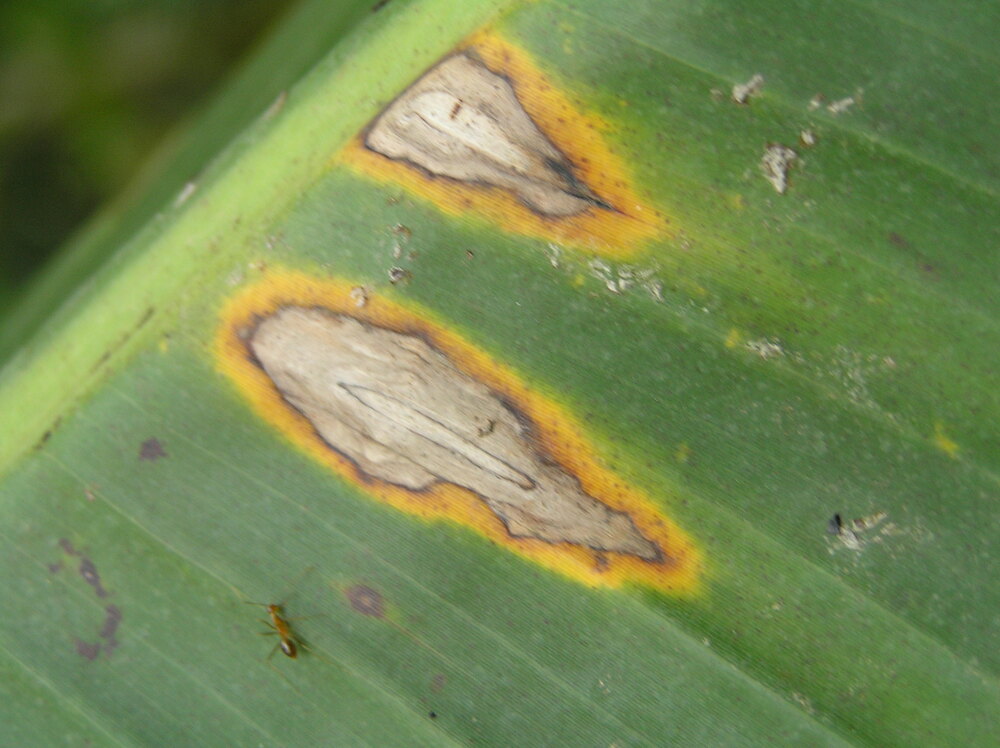
Infected leaf

Symptoms of cordana leaf spot

Cordana leaf spot damage
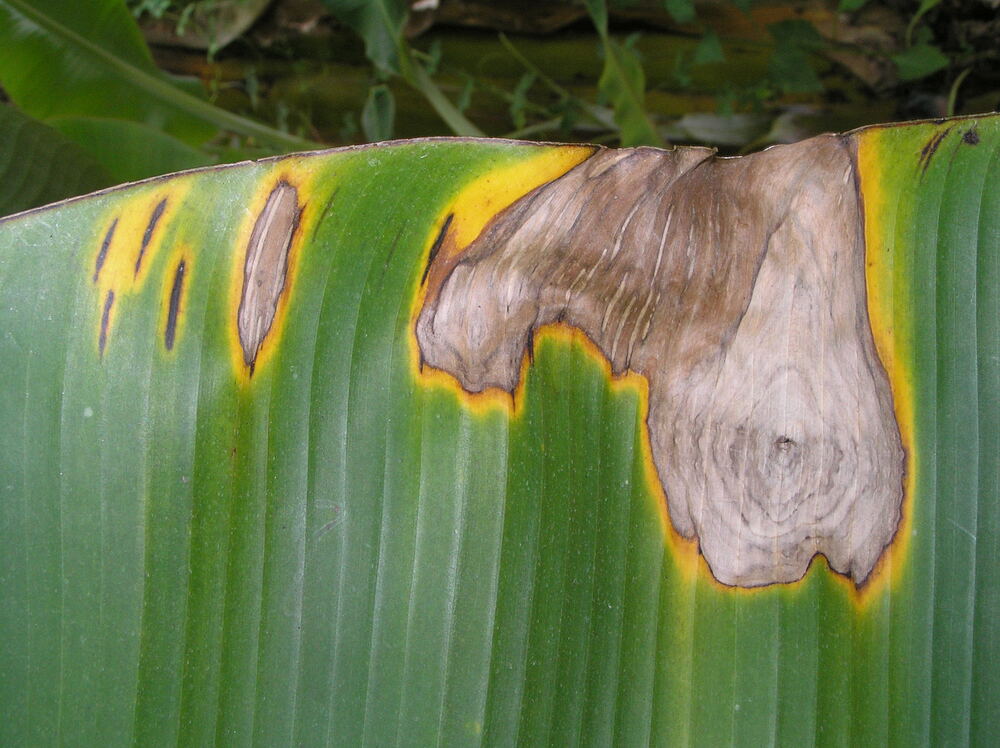
Symptoms due to cordana leaf spot
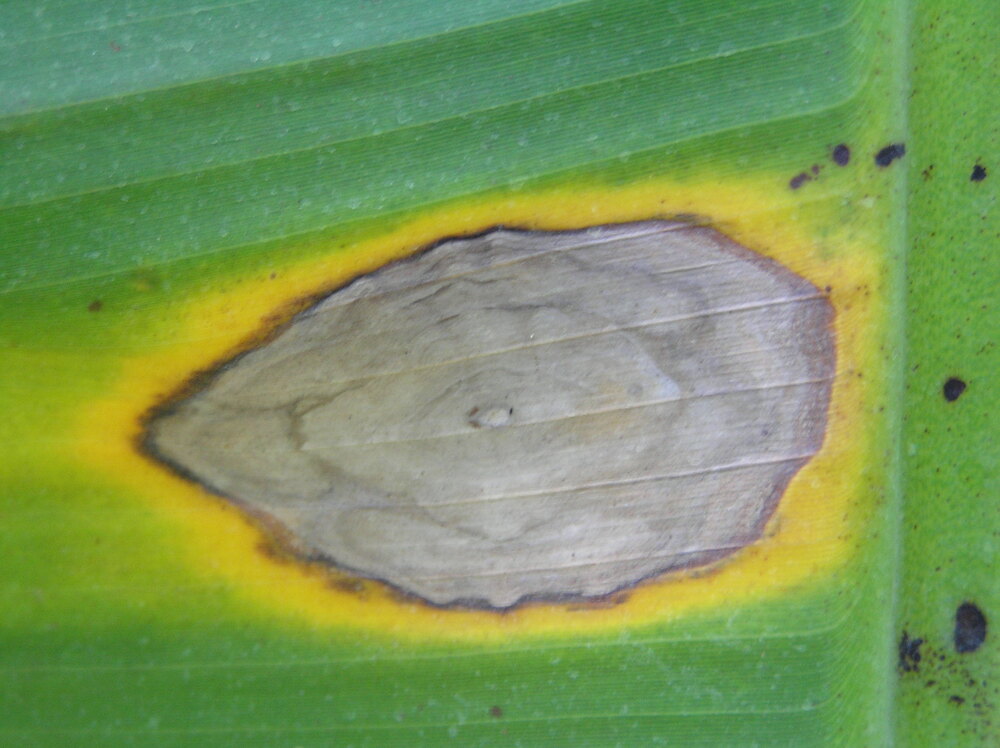
Cordana leaf spot
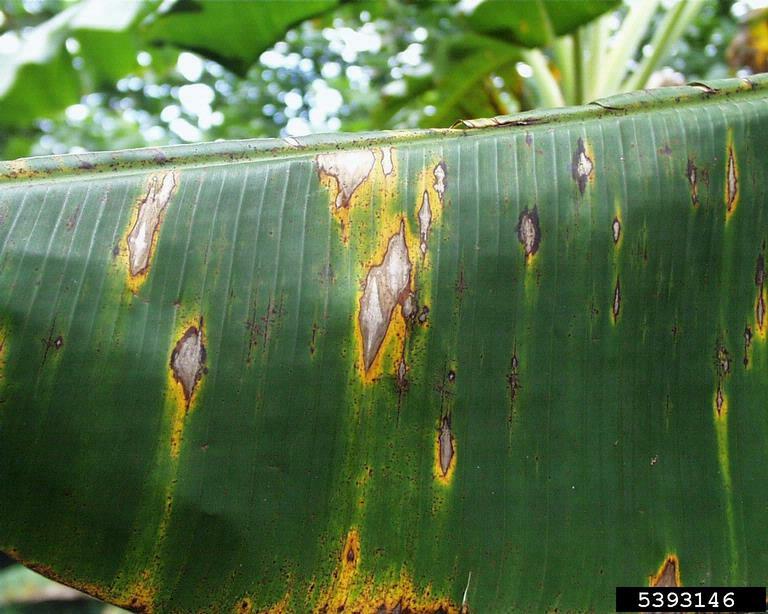
Cordana leaf spot symptoms

Cordana leaf spot on banana leaf

Cordana leaf spot of banana, caused by Cordana musae.
Symptoms
Initially the lower leaves shows oval shaped yellow or pale brown spots near the leaf margins. As the disease progress, the central dead brown area of spots is covered by concentric zonation which is surrounded by a yellow halo. The individual spots may join together to form large necrotic area.
Cause
Fungus
Comments
Management
Remove all the infected leaves and burn them. If the disease is severe spray copper based fungicides.
Panama disease (Fusarium wilt)
Fusarium oxysporum f. sp. cubense

Chlorosis of leaves from Fusarium wilt

Fusarium wilt discoloured banana vascular bundle
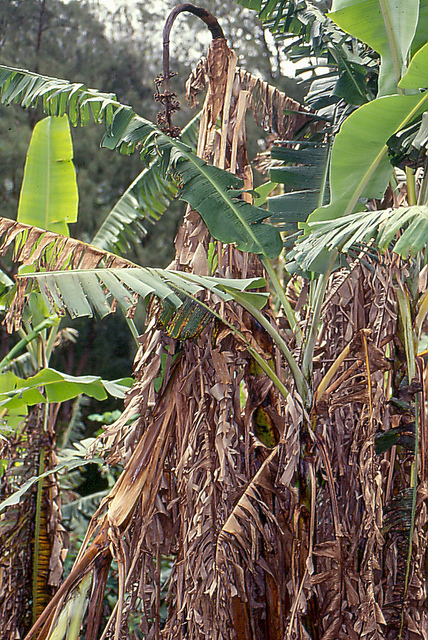
Symptoms of Panama disease on banana

Splitting of rhizome due to Fusarium wilt

Splitting of pseudostem due to fusarium infection

Wilting caused by Panama disease

Internal necrosis within the pseudostem

Yellowing of leaves due to fusarium
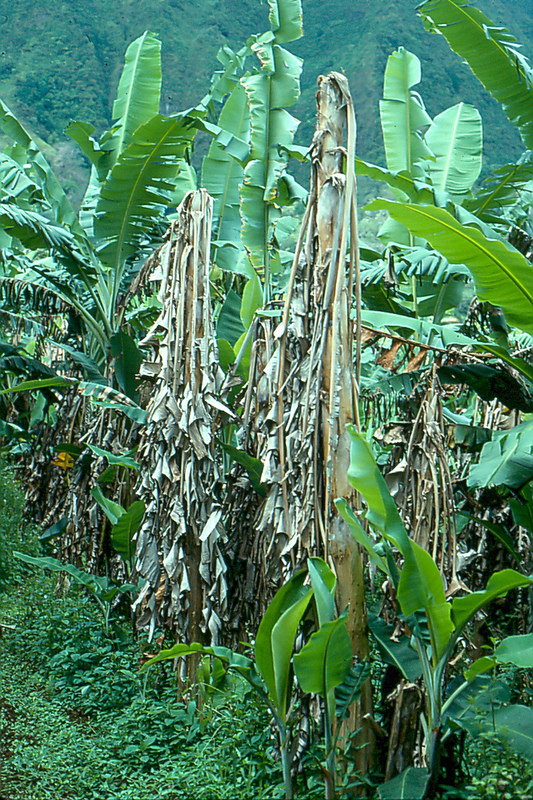
Symptoms of Panama disease on banana
Symptoms
The fungus infect roots and grow inside xylem vessels which in turn blocks flow of nutrients and water to plant. We can see reddish brown discoloration of vascular tissue by cut opening rhizomes and pseudostem.
The above ground symptoms are yellowing of older leaves; splitting of leaf sheaths; leaves wilting and buckling; death of entire canopy.
Cause
Fungus
Comments
Management
Use disease free planting materials; currently no effective treatment once plants are infected.
Rhizome rot
Erwinia carotovora
Erwinia chrysanthemi

Symptoms of rhizome rot in banana
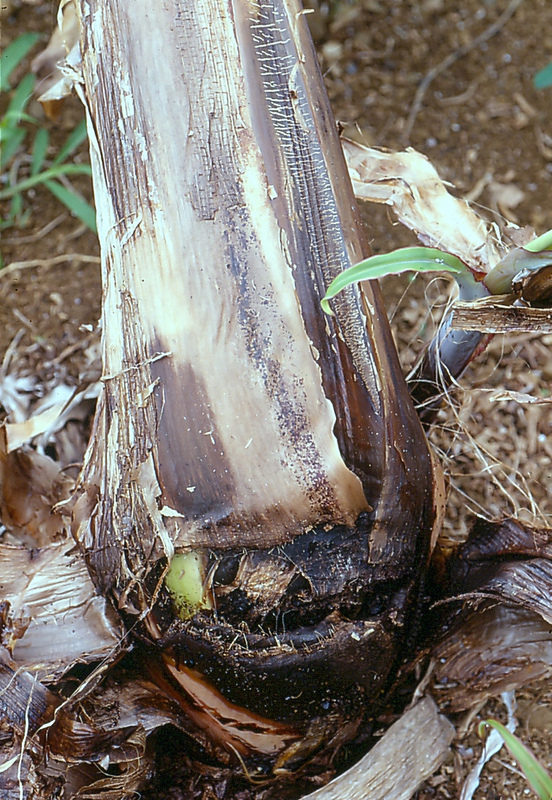
Symptoms of rhizome rot in banana

Symptoms of rhizome rot in banana

Symptoms of rhizome rot in banana
Symptoms
Pseudostem breaks from rhizome; rhizome will not germinate; internal tissue yellow/brown and watery
Cause
Bacteria
Comments
Management
Select only high quality, disease-free rhizomes fro propagation; disinfect all tools used for propagation regularly; allow seed pieces to dry before planting
Yellow sigatoka
Mycosphaerella musae
Symptoms
Pale green flecks on leaves which enlarge to chlorotic streaks; streaks enlarge and turn brown with chlorotic halo; mature lesions are gray with a dark brown border; lesions coalesce and kill large areas of leaves
Cause
Fungus
Comments
Management
Export plantations may require regular fungicide applications; increase plant spacing to improve air circulation and reduce humidity; remove leaves with mature spots
Category :
Bad Image
Symptoms
Cause
Comments
Banana BBTV Leaf
Symptoms
Cause
Comments
banana_blackSigatoka_leaf
Symptoms
Cause
Comments
Banana Black Sigatoka Leaf
Symptoms
Cause
Comments
banana_BXW_bunch
Symptoms
Cause
Comments
Banana BXW Fruit Cut
Symptoms
Cause
Comments
banana_BXW_fruitCutCrosswise
Symptoms
Cause
Comments
banana_BXW_fruitUncut
Symptoms
Cause
Comments
Banana BXW Leaf
Symptoms
Cause
Comments
banana_BXW_maleBud
Symptoms
Cause
Comments
banana_BXW_stemCutCrosswise
Symptoms
Cause
Comments
banana_dried_leaf
Symptoms
Cause
Comments
Banana Fruit Cut BXW
Symptoms
Cause
Comments
banana_HL_bunch
Symptoms
Cause
Comments
banana_HL_leaf
Symptoms
Cause
Comments
banana_HL_maleBud
Symptoms
Cause
Comments
banana_HLPurple_leaf
Symptoms
Cause
Comments
Banana Leaf Black Sigatoka
Symptoms
Cause
Comments
Banana Leaf BXW
Symptoms
Cause
Comments
banana_nutrientDeficiency_leaf
Symptoms
Cause
Comments
Banana Sigatoka
Symptoms
Cause
Comments
Banana Sigatoka Leaf
Symptoms
Cause
Fungal
Comments
banana_tattered_leaf
Symptoms
Cause
Comments
banana_unknown_leaf
Symptoms
Cause
Comments
banana_yellowSigatoka_leaf
Symptoms
Cause
Comments
Banana Yellow Sigatoka Leaf
Symptoms
Cause
Fungal
Comments
Banana Yellow Sigatoka Leaf
Symptoms
Cause
Comments
Bunchy Top Disease
Symptoms
Cause
Comments
BXW
Symptoms
Cause
Comments
Dried Old
Symptoms
Cause
Comments
Fusarium (Panama Disease)
Symptoms
Cause
Comments
Fusarium (TR4)
Symptoms
Cause
Comments
Healthy
Symptoms
Cause
Comments
Nutrient Deficiency
Symptoms
Cause
Comments
Other
Symptoms
Cause
Comments
Unknown
Symptoms
Cause
Comments
Weevil Damage
Symptoms
Cause
Comments
Category : Bacterial
Banana bacterial wilt (BBW) / Banana xanthomonas wilt (BXW)
Xanthomonas campestris pv. musacearum (Xcm)
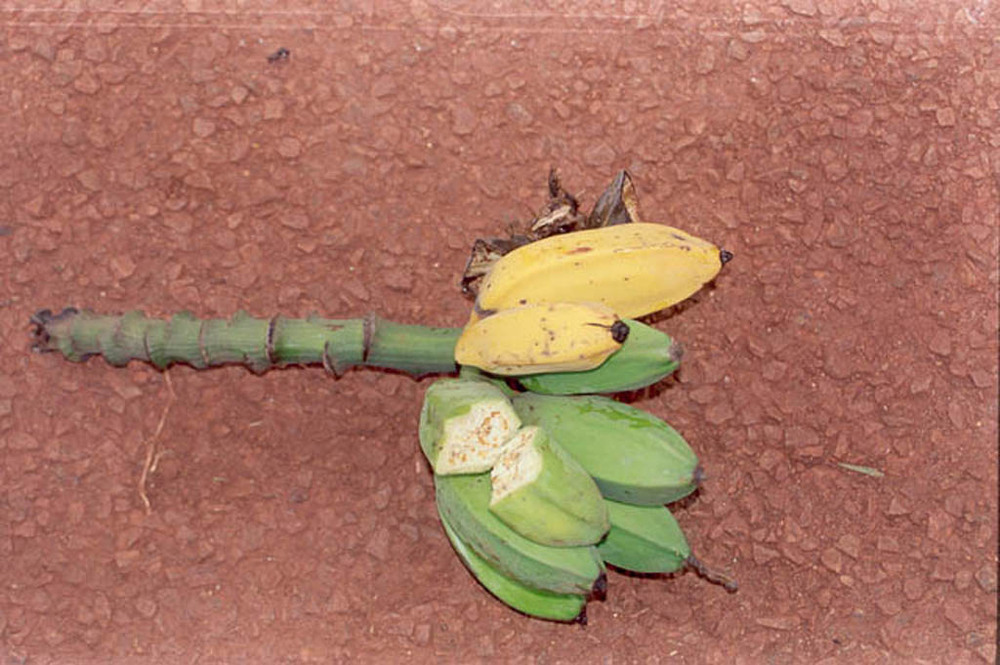
Bacteria infected fruits
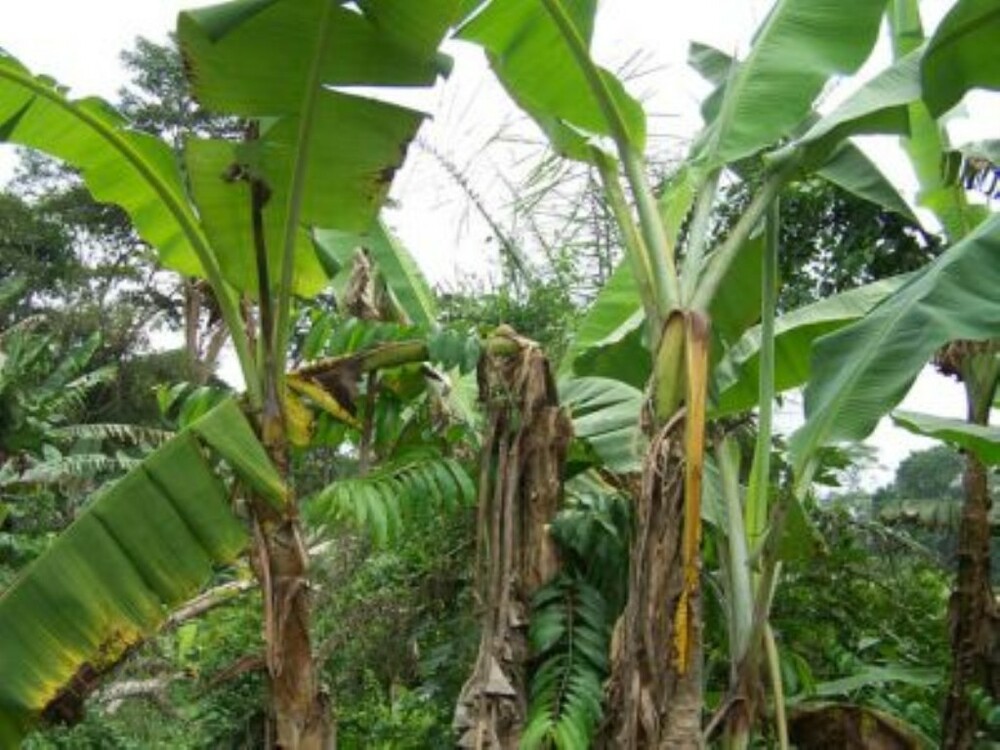
Banana Xanthomonas Wilt- infected banana plants
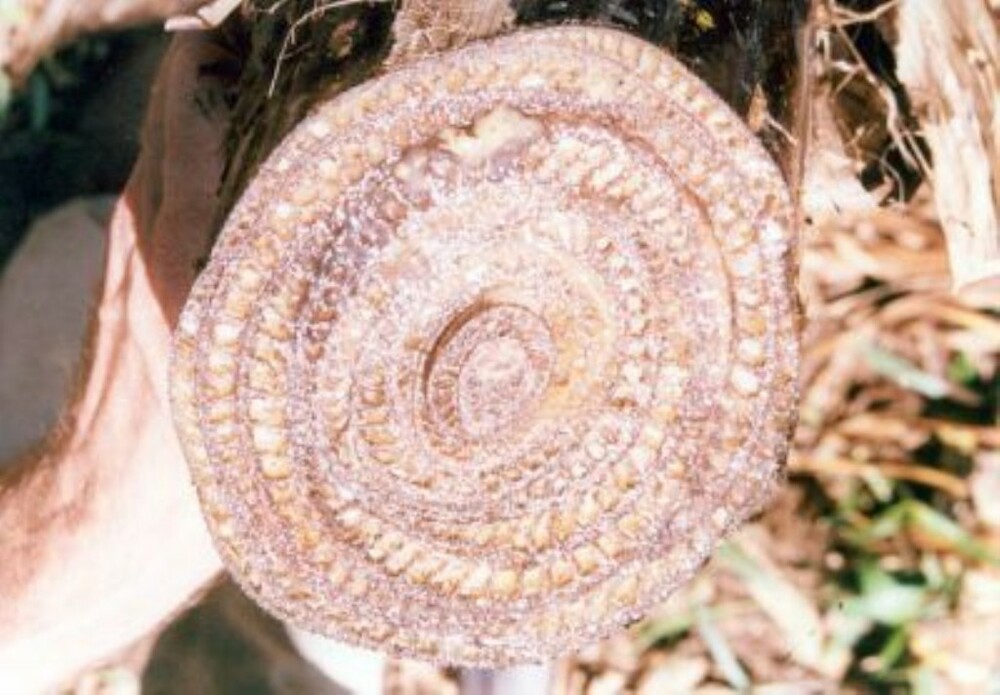
Xanthomonas infected plant

Banana suckers infected with Xanthomonas
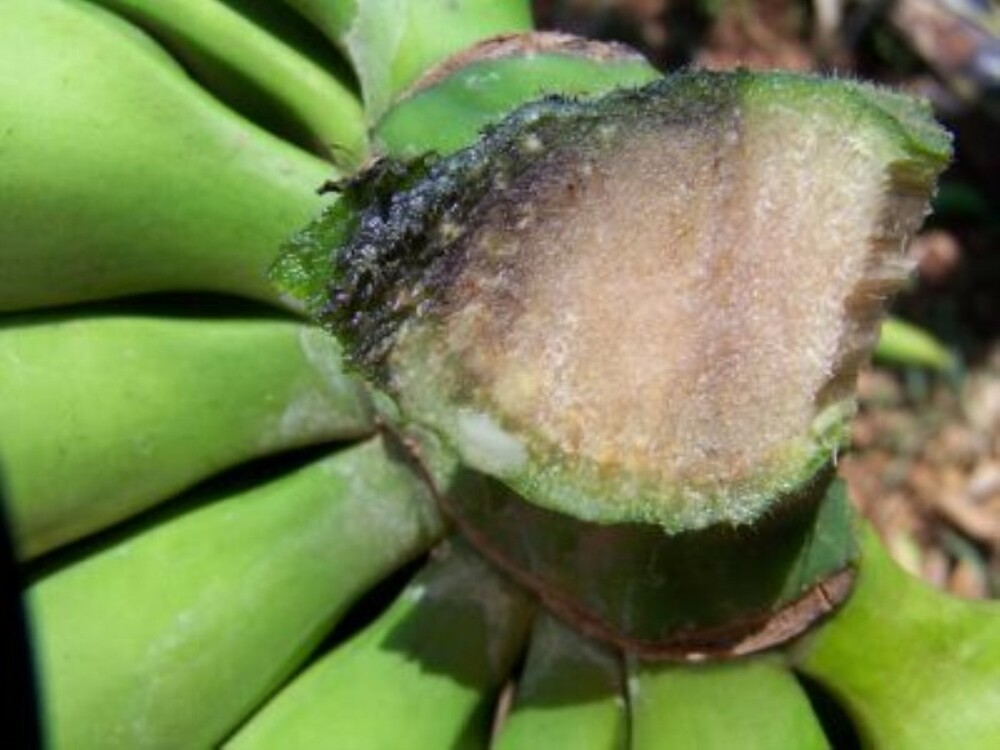
Banana infected with Banana Xanthomonas Wilt (BXW)

Banana fruits infected with Banana Xanthomonas
Symptoms
The infected plant shows yellow leaves which later turn brown and die. If infection occurs at later stage of crop, male buds exhibit dry rot and blackening . Premature uneven ripening of fruits in the bunch. The infected fruit show rusty brown discoloration in pulp.
Infected parts ooze yellow bacteria after cut.
Cause
Bacteria
Comments
Management
Use disease free planting material. Roughing of infected plant and destroy them. Removing of excess male buds prevent disease spread. Disinfect the farm equipments.
Moko disease
Ralstonia solanacearum
Symptoms
Older leaves chlorotic, wilted and collapsing; spreads to entire canopy; collapse of pseudostem
Cause
Bacterium
Comments
Management
Banana plantations should be regularly monitored for presence of disease; if Moko is present, male buds should be removed and all tools thoroughly disinfected; infected plants may need to be destroyed along with any neighbouring plants
Category : Viral
Banana mosaic
Cucumber mosaic virus (CMV)

Banana mosaic symptoms

Banana mosaic symptoms

Banana mosaic symptoms on banana foliage

Banana mosaic symptoms

Banana mosaic symptoms

Banana mosaic symptoms on banana foliage
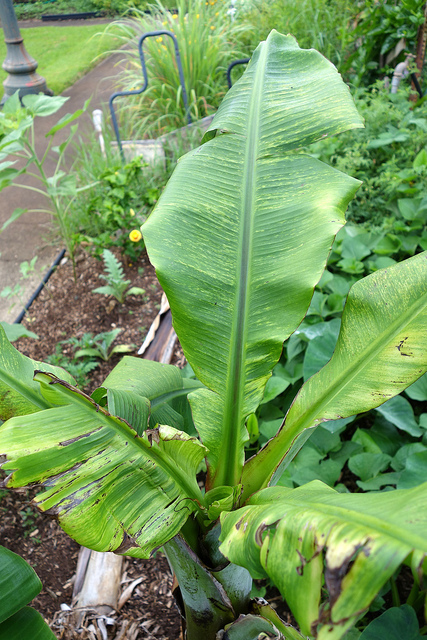
Banana mosaic symptoms

Banana mosaic symptoms on banana foliage
Symptoms
Chlorotic mottling or stripes on foliage; distorted fruit which may have chlorotic streaks or mottling; distorted leaves; leaf necrosis
Cause
Virus
Comments
Management
Remove susceptible host plants from around plantation; plant virus-free material
Bunchy top
Banana bunchy top virus (BBTV)
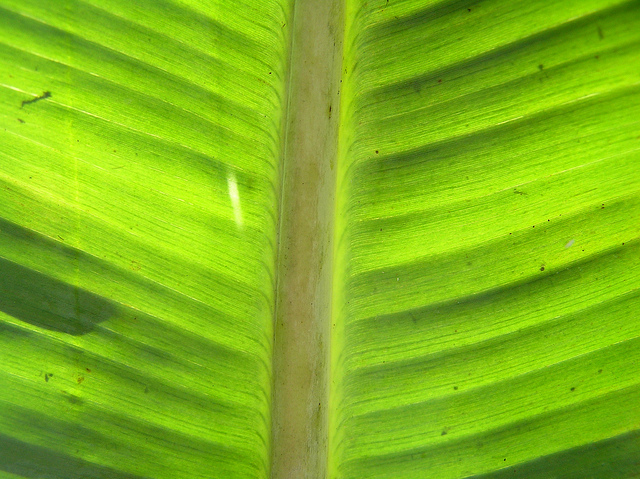
BBTV symptoms on banana leaf

BBTV symptoms on banana petiole

Banana bunch top symptoms

Banana bunch top symptoms
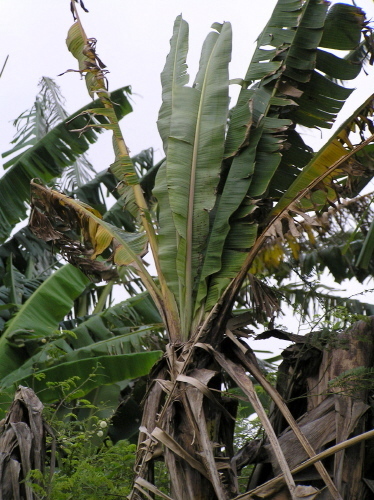
Banana bunch top symptoms

Banana bunch top symptoms

BBTV symptoms on banana leaf sheath

BBTV symptoms on banana flower

Banana bunch top symptoms

Banana plants showing typical bunchy top symptoms

Banana bunch top symptoms
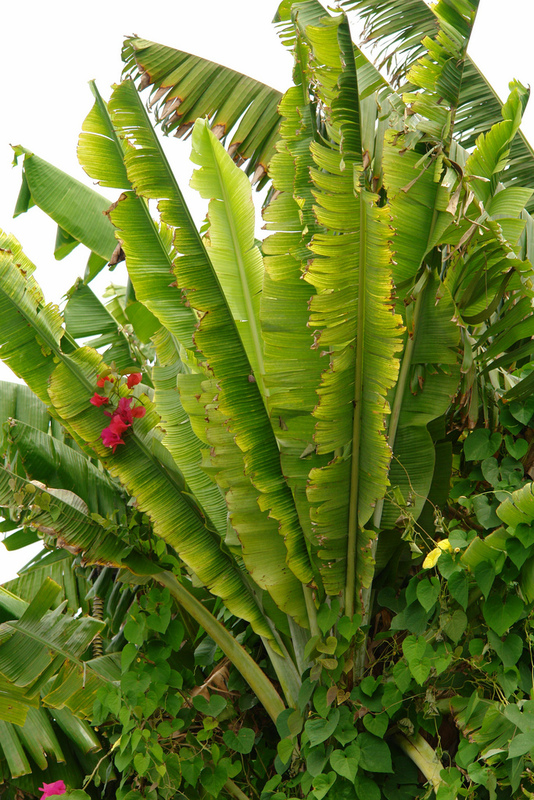
Banana bunch top symptoms

BBTV symptoms on banana leaf sheath

Banana bunch top symptoms

Banana bunch top symptoms
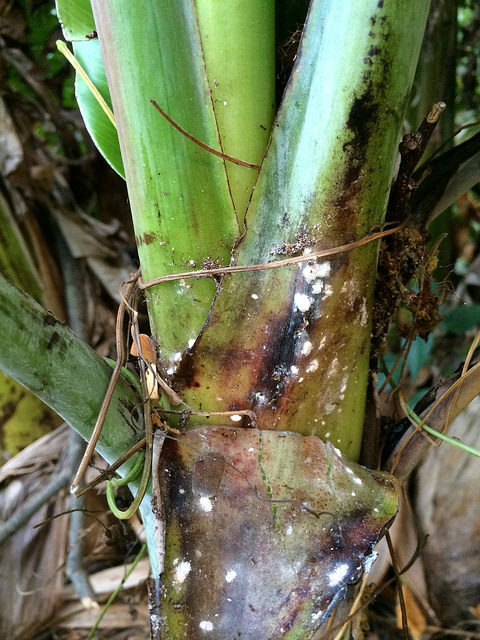
Banana bunch top symptoms

Symptoms of Bunchy top of Cavendish banana
Symptoms
Dark green streaks in leaves; chlorotic and upturned leaf margins; leaves brittle and erect; plant has a ‘bunchy top; no bunches produced
Cause
Virus
Comments
Management
Plant less susceptible varieties; destroy infected plants to prevent spread of disease




































































































